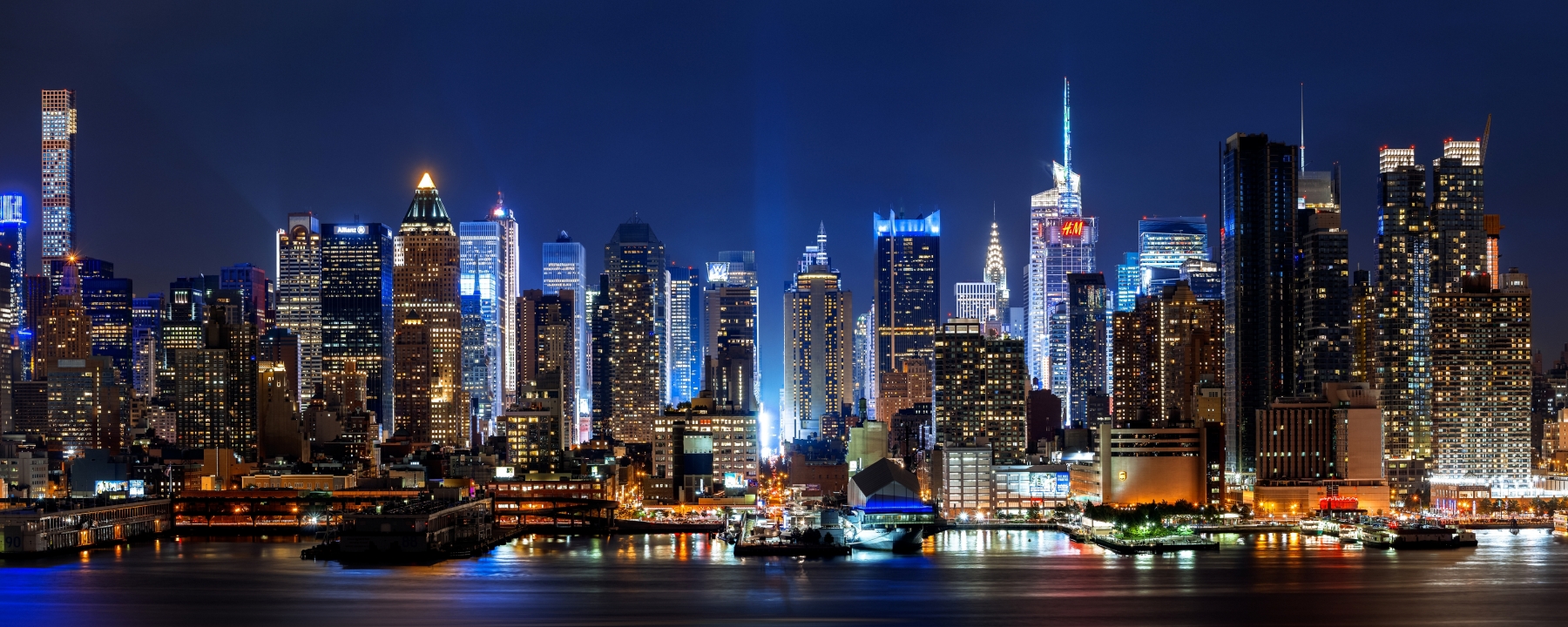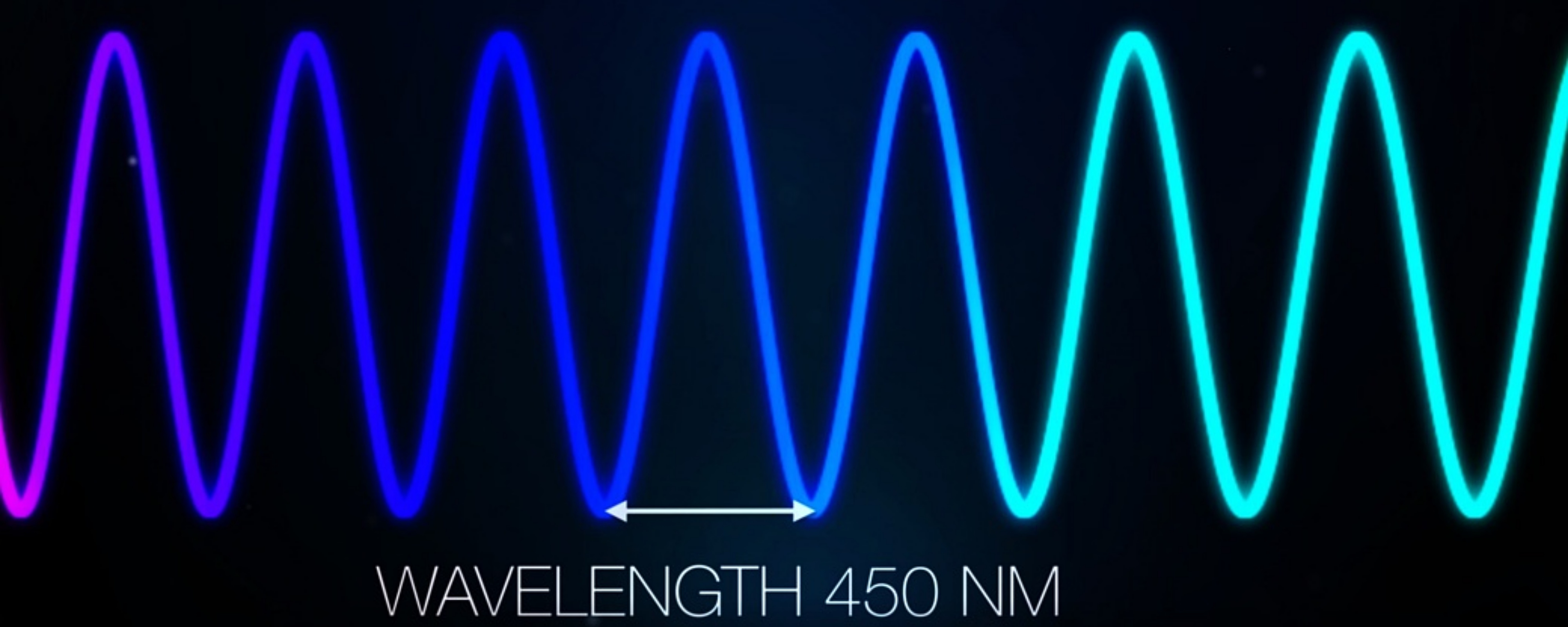
Sunlight
Blue Light – exposed
Do you have to protect yourself from blue light? What is it, anyway?
For once, we would like to start with a quote from Hollywood. It’s a short cult-like conversation from a 1988 Hollywood blockbuster.
“What’s that for?”
“It’s blue light!”
“And what does it do?”
“It lights up blue!”
“I know!”
Of course, "blue light“ is not quite as simple as it seems. Whenever topics are explored and researched, over time, more findings are discovered leading to more clarity and understanding. This is also the case with "blue light".
What exactly is it, anyway?
The visible light spectrum comprises of electromagnetic radiation which can be generated both artificially and from the sun. It is divided into three ranges:
Blue light is part of the visible light spectrum and comprises of electromagnetic radiation with wavelengths ranging from 420 - 490 nm. Although the range up to 420 nm would be considered violet, the entire range from 400 to 490 nm is often referred to as blue light. Therefore, it is right at the border of the UV range which is invisible to the human eye. Blue light has among the visible radiation the shortest wavelengths and therefore has particularly high energy. It is also known as HEV light, which is the abbreviation for "High Energy Visible".
Natural blue light generated by the sun has a significant influence on our life. It acts as our inner clock. When we absorb the sun’s blue light during the day, there are certain processes and hormones set in motion in the body that help us get through the day feeling energized, alert and healthy. When the sun is bright, our body accumulates serotonin and cortisol which prevents the production and release of our sleep hormone melatonin. As the amount of blue light decreases in the afternoon towards evening, the body's own process is reversed making us tired. This allows sleep to take over making sure we relax and get our rest. Since the dawn of time, our rhythm of life, our activities and our well-being have been determined by the sun.
But today looks somewhat different. With increasing artificial light sources, our day-night rhythm is being influenced leading to inner restlessness and even sleep disorders for many people. Especially in large cities you often hear talk about "light pollution". Artificially generated light resets the inner clock and turns it upside down. For example, when a night is "bright", much less melatonin can be released, making it harder for the body to go to sleep.
There are enough findings and evidence in relation to the impact of UV radiation. We know about both positive and negative effects, also on people. Here again, the following applies: The quantity makes the poison. Sun protection product development and the improved quality of UV filters started many years ago based on these findings. However, researching the field of blue light is relatively new in this area. Good sun protection clearly indicates on their label that they protect against UVA AND UVB. But have you seen products saying they protect the skin from blue light? These products exist. They can be realized using for example BASF's UV filters Tinosorb® A2B and Tinosorb® M, which can reduce the exposure to blue light.
TINOSORB® A2B
This UV filter from our large portfolio also reduces the permeability of blue light.To our product
Even though research does not yet fully understand the damage of blue light/HEV light on the body, in the last few years there have been important findings. For example, blue light is dangerous, especially for the eyes and it is important to protect ourselves. If an excess of blue light is "consumed", it can lead to retinal damage (photoretinits). Eye diseases such as cataracts or macular degeneration are also on the danger list.
It has also been proven that short-wave blue light exposure to the skin can lead to the formation of free radicals and must be considered as an additional cause to premature aging of skin through oxidative stress. Blue light irradiation alters certain gene markers and the effects are not yet fully known.
"Digital Aging", "Screen Face", "Mobile Phone Protection Cream", "PC Blue Light" – are just a few examples of new terms showing up, that sound very much like marketing and are targeting "artificial blue light". The intensity of light from the sun compared to from artificial sources is very different. It’s important to take into account that artificial light sources are quite a bit less bright than the sun.
Shining light into the darkness of this topic is not that easy yet. Research is being done, knowledge is being gathered and insights are being developed. "We now know that blue light does not cause direct mutations in the genetic make-up of skin cells. However, blue light can be absorbed by various molecules in the skin. In some cases, this energy is transferred to biologically relevant molecules such as proteins, which can then cause indirect damage," says Prof. Dr. Bernd Herzog, Global Development UV Protection / Scientific Liaisons.
"It lights up blue." The answer is short and definitely not wrong. But it’s far from being enough. We are working on it, promise.


